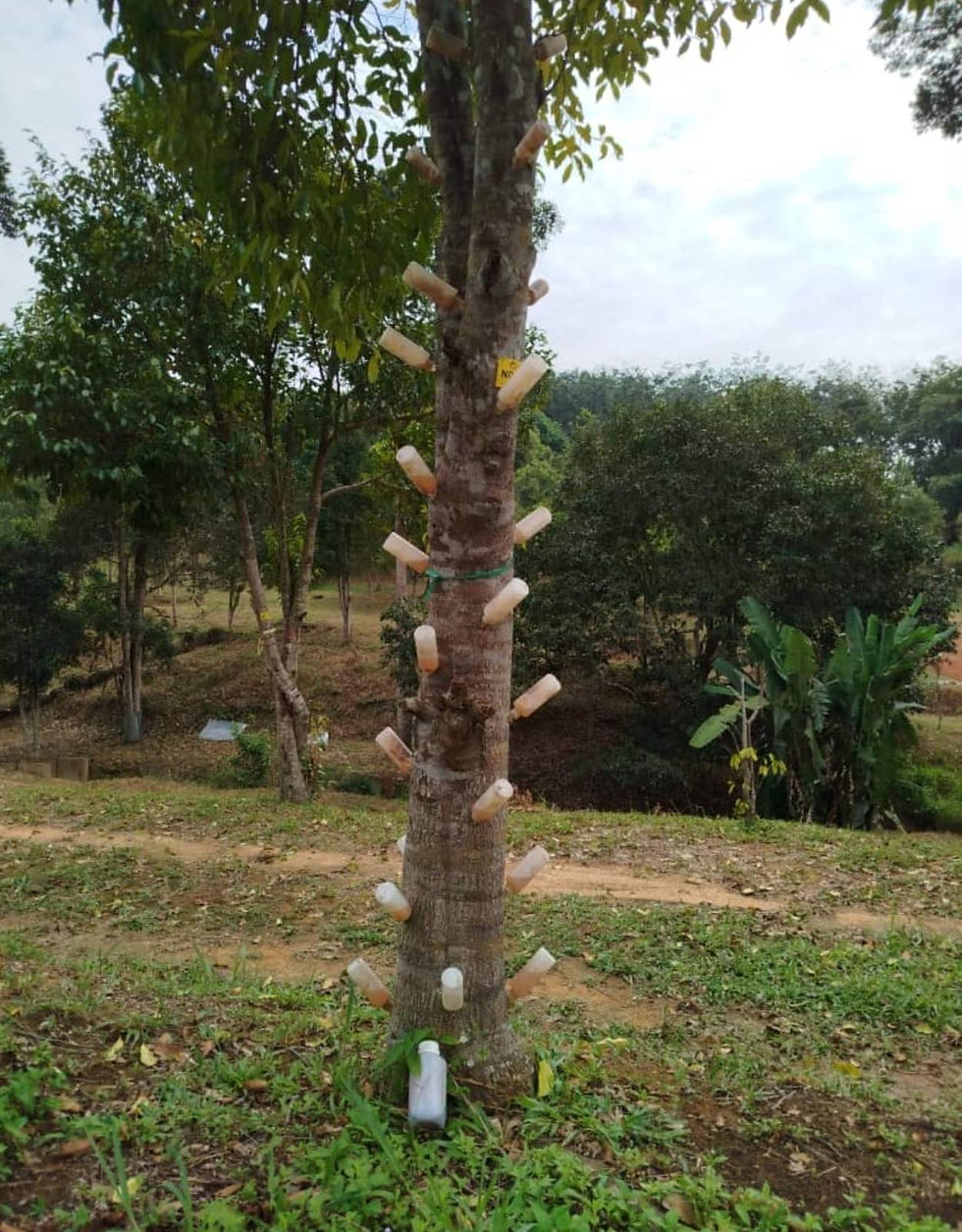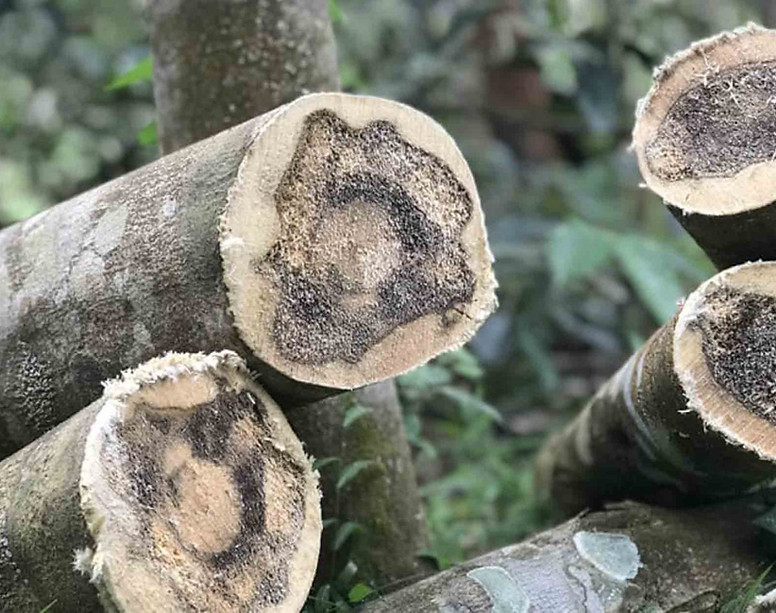Agarwood Inoculation
From traditional wounding to modern sophisticated inoculation procedures
Evolution of Agarwood Production
Traditional methods for inducing agarwood, often referred to as "wounding" or "injury" techniques, have been used for centuries to stimulate the production of agarwood in Aquilaria trees. However, modern science has revolutionized this ancient practice with sophisticated inoculation procedures.

Traditional Wounding Methods
For centuries, traditional "wounding" or "injury" techniques have been the primary method for stimulating agarwood production in Aquilaria trees. These methods involved creating physical damage to trigger the tree's natural defense mechanisms.
Challenges with Traditional Methods
Uncontrolled Tree Damage
Traditional wounding methods often led to uncontrolled and extensive damage to trees, which could kill them or significantly reduce their lifespan. This posed sustainability challenges as it took many years for trees to mature and produce agarwood.
Variable Quality & Quantity
The quality and quantity of agarwood produced through traditional methods were highly variable. Not all wounds would result in the production of high-quality resin, making the process inefficient and unpredictable.
Sustainability Issues
High tree mortality rates and unpredictable outcomes made traditional methods unsustainable for commercial production and conservation efforts.


Modern Inoculation Revolution
Over the years, modern inoculation procedures have revolutionized the industry, allowing for more predictable and sustainable production, significantly reducing the time required and increasing yield predictability.
Revolutionary Advantages
Scientific Precision
Modern methods use controlled biological, chemical, and physical techniques to ensure consistent results and minimize tree damage.
Sustainable Production
By combining biological, chemical, and physical methods, producers can meet market demands while preserving the Aquilaria tree populations.
Predictable Yields
Modern techniques provide consistent quality and quantity, making agarwood production economically viable and environmentally responsible.
Dasos-One's Sophisticated Approach
Leading the industry with modern, standardized inoculation procedures
Our Advanced Inoculation System
Dasos-One Plantations, Inc. is using a modern, sophisticated, and standardized inoculation procedure to ensure consistency and quality in agarwood production, which is critical for market acceptance and pricing.
Biological Methods
Controlled introduction of beneficial microorganisms that naturally stimulate agarwood formation without harming the tree's overall health.
Chemical Techniques
Precise application of natural compounds that trigger the tree's defense mechanisms in a controlled and predictable manner.
Physical Procedures
Minimally invasive physical techniques that create optimal conditions for agarwood development while preserving tree vitality.
Quality & Consistency Standards
Standardized Procedures
Every inoculation follows strict protocols to ensure consistent results across all trees in our plantation.
Market-Ready Quality
Our sophisticated approach ensures that all produced agarwood meets or exceeds market quality standards for pricing and acceptance.
Sustainable Practices
Methods designed to preserve tree health and ensure long-term plantation productivity and environmental responsibility.
Predictable Timeline
Significantly reduced production time with increased yield predictability compared to traditional methods.